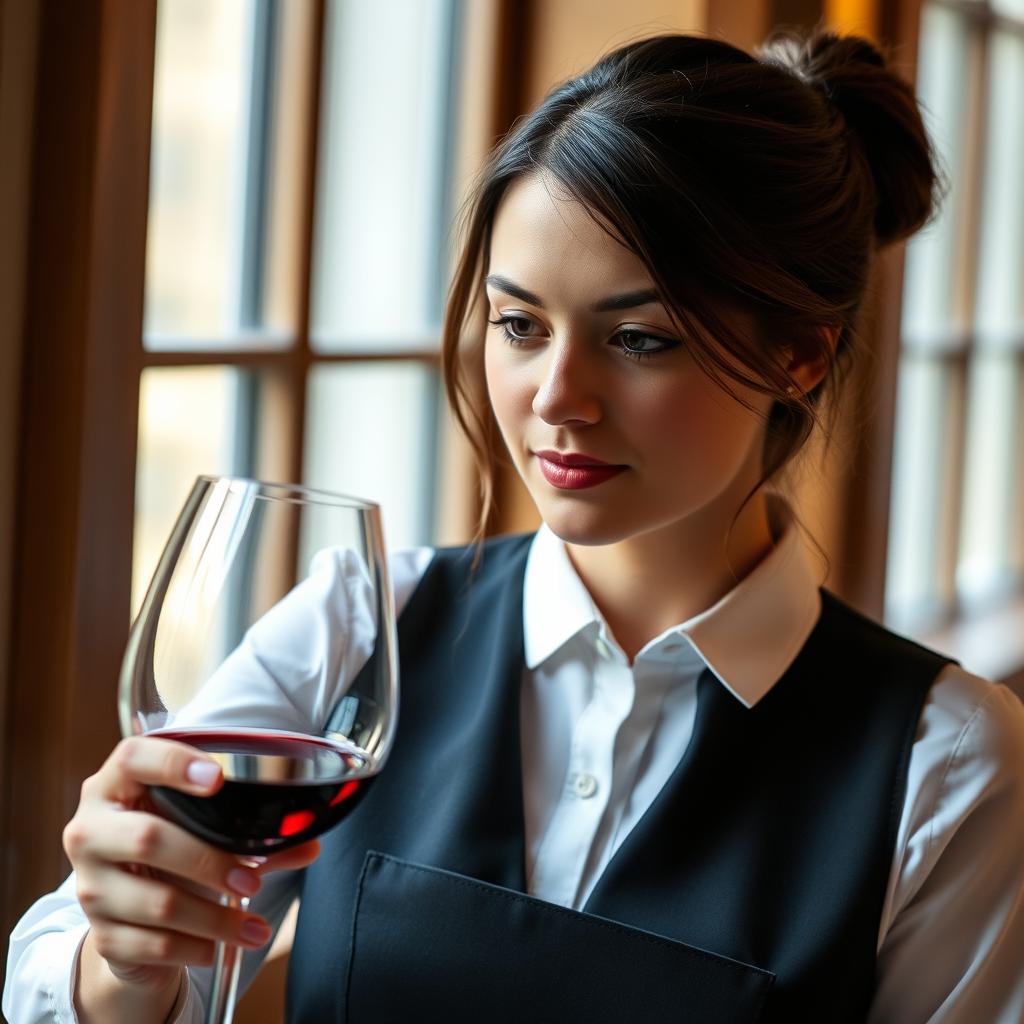**The Art of Wine Appraisal: Decoding Color Before the First Sip**
The ritual of wine tasting begins not with your palate, but with your eyes. Before swirling, sniffing, or sipping, pause to observe the wine in your glass. This critical first step—assessing its hue against a white backdrop—reveals clues about its origin, structure, and style. A wine’s color is a storyteller, shaped by grape variety, skin contact, and aging methods. Let’s uncork the secrets hidden in every shade.
**Why Color Matters: Skins, Time, and Oak**
A wine’s color originates during maceration, the process where grape juice interacts with skins post-crushing. Extended skin contact allows pigments (anthocyanins in reds, phenolics in whites) to infuse the wine, deepening its tone and complexity. Remove the skins entirely, and even red grapes yield a clear juice—think *Blanc de Noirs* Champagne. Beyond skins, oak aging further refines color: whites gain golden depth, while reds develop softer hues as tannins polymerize. For oaked-averse drinkers, color is a visual cheat sheet to avoid styles like heavily wooded Chardonnay.
**Interpreting White Wines: From Pale Straw to Golden Amber**
Hold your glass to the light. Is the white wine translucent with a glint of greenish-straw, or does it shimmer with deeper gold?
- **Pale, watery rim?** Think crisp, unoaked styles—Sauvignon Blanc, Pinot Grigio, or Albariño. These wines, like a squeeze of citrus, thrive on zesty acidity and freshness, often untouched by oak.
- **Rich gold or amber tones?** Expect opulence. Barrel-aged whites (Chardonnay, White Rioja) absorb vanillin and tannins from oak, yielding creamy textures and flavors of baked apple or toast. A deeper gold may also signal age, as whites develop warmer hues over time.
**Deciphering Red Wines: From Ruby to Inky Purple**
Tilt your glass over a white surface. Does the wine glow with translucent ruby, or does it stain the glass with brooding density?
- **Bright cherry or garnet?** Light-bodied reds like Beaujolais or young Pinot Noir often skip oak, prioritizing vibrant red fruit and lifted acidity. Their translucence hints at minimal skin contact—perfect for chillable, summery sipping.
- **Deep maroon or opaque purple?** Brace for boldness. Cabernet Sauvignon, Malbec, or Syrah luxuriate in extended maceration and oak aging, which amplify structure and dark fruit flavors. These wines wear their oak as a velvet cloak—smooth, supple, and built to pair with hearty dishes.
**From Vision to Sip**
Now that you’ve decoded the wine’s visual narrative, it’s time to awaken its aromas. Swirl your glass, releasing a symphony of scents—the next chapter in your tasting journey.

